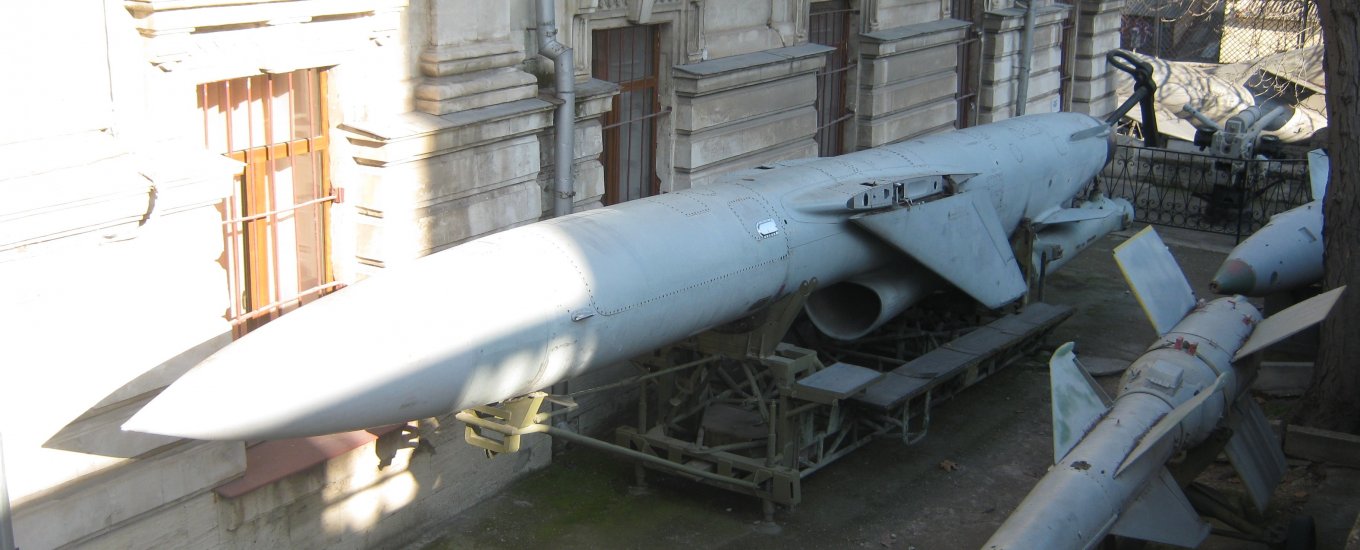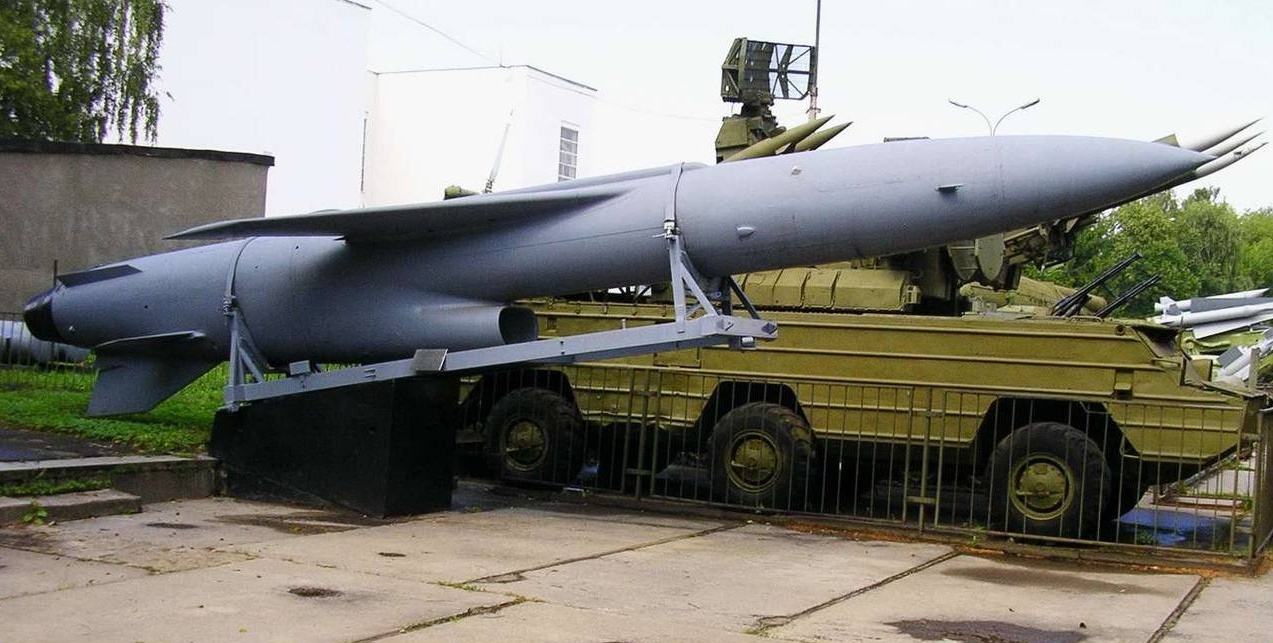Russia launched a 4-ton Soviet P-35 missile, commissioned in 1962
A recent incident has revealed the first known operational use of the P-35 missile [3М44 Progress] by the Russian Federation in an assault against Ukraine. Evidence of this attack is found in the form of debris, the images of which have surfaced on the internet.

- Russia uses ‘Penicillin’ – a complex to detect Ukrainian shell noise
- Teamed: S-300 ‘launched’ Patriot’s PAC-3 at Russian aircraft
- RuNavy Ka-27 anti-sub helicopters acted night flights over Kola Bay
The enlarged images exhibit a softened focus on the background, drawing attention to the significant remnants of the P-35 missile. This missile exerts a grand presence owing to its 10-meter length and launch weight of 4 tons. Hailing from the 1950s, it saw active military service starting in 1962.
Analyzing the images, it appears that the missile was intercepted and destroyed before reaching its target. Designed as an anti-ship missile, the intended targets were probably located in the southern regions of Ukraine. Identifying a P-35 unit within the wreckage might pose a challenge, yet the distinctive wings of this missile serve as a clear telltale sign.

Despite its age, the P-35 missile is still utilized by the Russian Federation, notably in the Redut coastal missile complex. As of 2021, the Russian forces are estimated to maintain around 8 of these setups.
Apart from the Redut complex, the P-35 missile is also deployed in the Utes stationary complex, also known as Object-100. This complex consists of underground facilities near Balaklava, where missiles are stored underground and only raised when primed for launch.

The Russian Federation once operated two of these complexes, located respectively in Crimea and the Kildin Island in the Barents Sea. Following the annexation of Crimea, the Object-100 in Crimea was reestablished and sporadically used to launch missiles.
3M44 version
Modernization plans for these complexes include equipping them with Onyx and Zircon missile launchers. While P-35 missiles were previously launched from Project 58 missile cruisers, these cruisers are no longer in service.

The P-35 missiles, even their latest model [3M44] from 1982, are generally considered outdated. Their range extends up to 300 km [or 460 km for the 3M44 model by some accounts], with a speed reaching up to 1800 km/h [or 2200 km/h according to some sources], carrying a payload of up to 930 kg [FKBCH 4G48].
About P-35
These missiles have a unique cigar-shaped body, with a high-sweep wing and an underbody vertical stabilizer. Fitted with an air intake under the fuselage in the aft section, they are powered by a KRD-26 turbojet engine. The missile is launched from a standard container using two solid-fuel rocket boosters.
The missile’s striking range is determined by its altitude and flight profile. It can be set to fly at altitudes ranging from 400 to 7000 meters. Depending on the altitude, the missile can cover a distance between a minimum of 100 kilometers and a maximum of 300 kilometers. It can achieve a top-flight speed of M=1.8 and can accommodate a high-explosive payload weighing up to 560 kg or bear a TNT-equivalent nuclear warhead of up to 20 kilotons.
The guidance system unites radio commands during early flight with active radar guidance for the final attack. Its operator can track the missile’s flight using the carrier ship’s onboard radar, making minor course adjustments as needed. Eventually, the missile falls out of the carrier ship’s radar range and activates its radar-seeking mode for the final run toward the target.
The guidance system initially operates on the horizontal plane, diving towards the target at a controlled rate. Only as it draws closer to the target does it begin to adjust its altitude. Given appropriate conditions, this missile can also be directed toward ground targets in a steep dive of 80 degrees.
An autonomous mode, functioning independently of the carrier ship, is also available. However, this mode is more vulnerable to radio interference and cannot select targets.
***






No comments:
Post a Comment